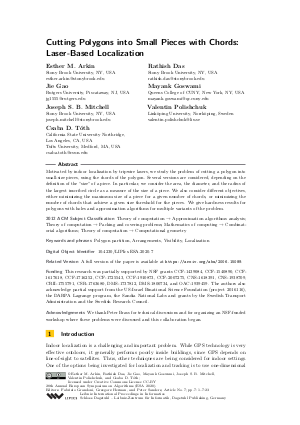LIPIcs.ESA.2020.7.pdf
- Filesize: 0.9 MB
- 23 pages

 Creative Commons Attribution 3.0 Unported license
Creative Commons Attribution 3.0 Unported license




Feedback for Dagstuhl Publishing